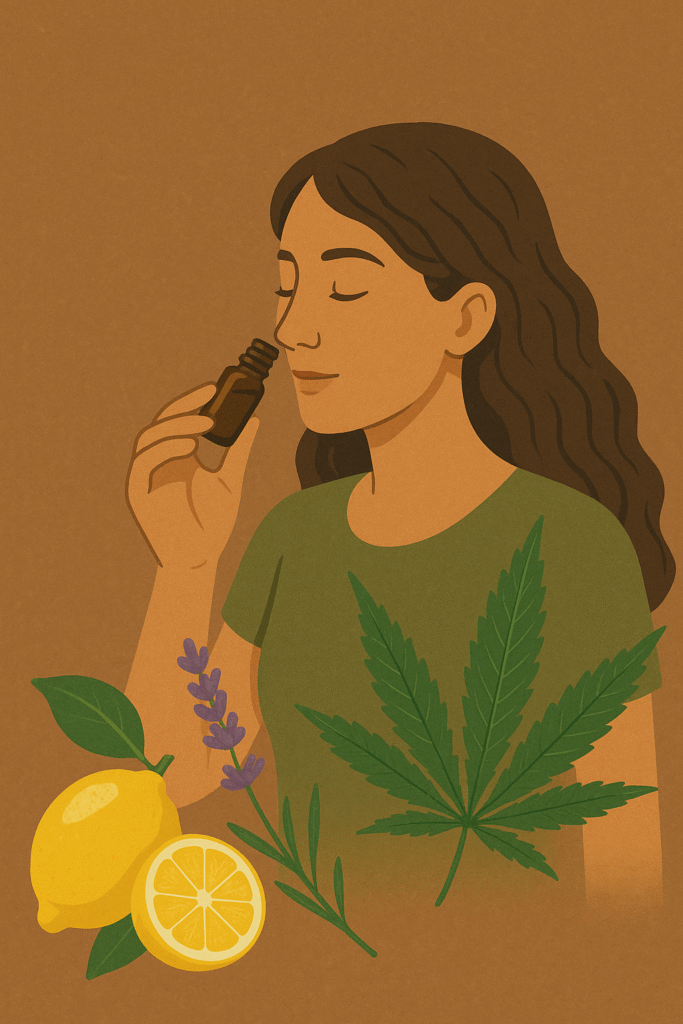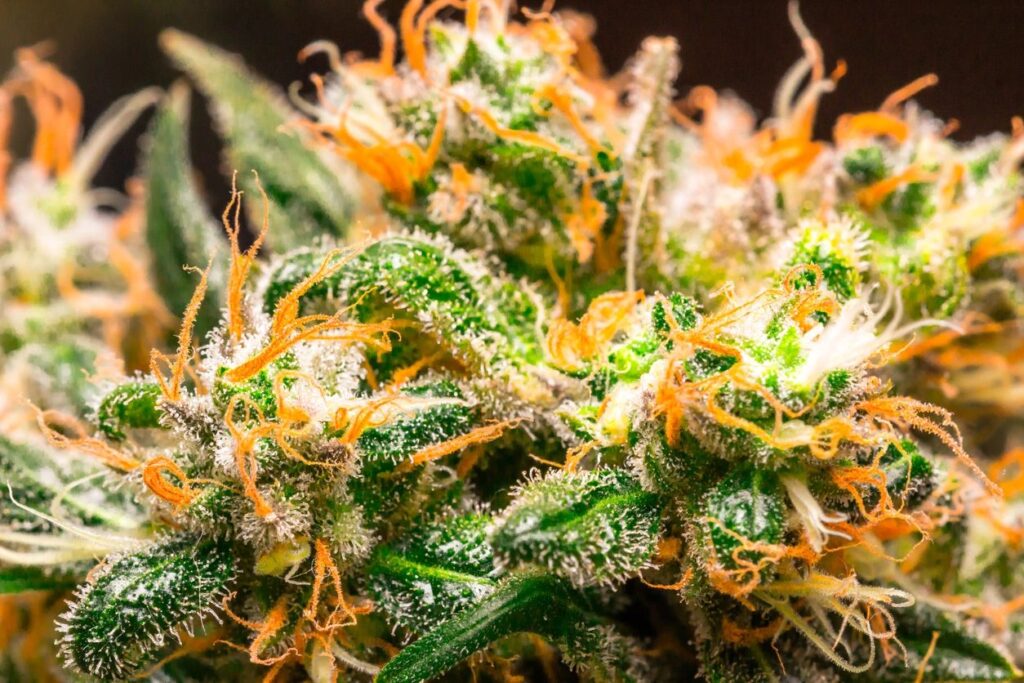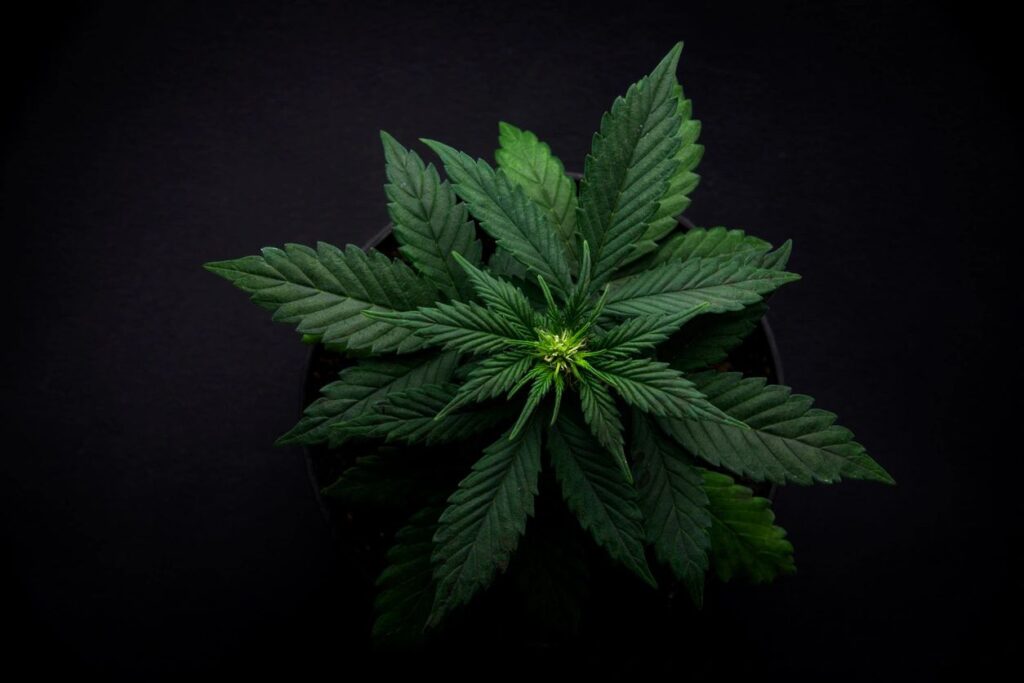As a physician who works with medical cannabis patients here in Kentucky, I often remind people that cannabis is much more than just THC or CBD. One of the most overlooked, yet incredibly important, aspects of cannabis medicine is something you can smell immediately when you open a jar of flower: terpenes.
You may have noticed that one strain smells like citrus and fresh lemons, while another smells earthy, floral, or even like pine. Those scents are not just pleasant side effects, they are part of the therapeutic value of cannabis. In fact, your body already recognizes and responds to these compounds.
What Are Terpenes?
Terpenes are aromatic compounds found in cannabis and in many other plants you already know: lavender, basil, black pepper, pine, hops, and citrus fruits, just to name a few. They are responsible for the unique scent and flavor of each cannabis strain.
But more importantly, terpenes help guide the therapeutic effect of cannabis.
I often explain it this way to my patients:
- THC is the engine (it provides the power.)
- Terpenes are the steering wheel (they help direct that power toward specific outcomes such as relaxation, focus, pain relief, or improved sleep.)
This is why two strains with the same THC percentage can feel entirely different. The difference is not simply in the THC level, but in the terpene profile that accompanies it.
Why This Matters for Kentucky Patients
As dispensaries begin opening across Kentucky, we will soon see cannabis cultivated in our own soil. Just like our bourbon, tomatoes, and tobacco, locally grown cannabis will carry a distinct Kentucky terpene fingerprint. This regional expression could make cannabis feel more natural, familiar, and effective for our community.
Another positive change is coming in how products are labeled. Flower and full-spectrum concentrates will begin to list terpene profiles on the packaging, not just THC and CBD percentages. For patients who have said, “Cannabis eases my pain but makes me too foggy,” or “I want relief without being glued to the couch,” the problem may not be “too much cannabis.” It may simply be the wrong terpene profile.
How to Use Terpenes in Your Care
You do not need a chemistry degree to benefit from terpene knowledge. The best tool you already have is your own nose. If a strain smells uplifting, calming, or soothing to you, that may be your body’s natural response to the right terpene.
Here are a few common examples we see in medical cannabis:
- Myrcene (herbal, earthy): Known for calming effects and support with sleep.
- Limonene (citrusy): Often uplifts mood and reduces stress.
- Pinene (pine aroma): May promote alertness and help reduce inflammation.
- Linalool (floral, lavender-like): Associated with anxiety relief and relaxation.
When discussing cannabis with your provider or visiting a dispensary, ask: “What terpene profiles are best for my condition?”
Whether you are managing chronic pain, PTSD, cancer-related symptoms, nausea, or insomnia, choosing the correct terpene profile can make your treatment more precise and more effective.
Final Thoughts
Cannabis therapy is evolving. We are moving beyond simply chasing the highest THC percentage. The goal is not more potency, it is better fit for your body.
With terpene synergy, we can personalize cannabis treatment so that it feels less like trial and error, and more like true medicine. Here in Kentucky, as our medical cannabis program expands and our local strains develop, your options for targeted, effective relief will only continue to grow.
Your sense of smell may be doing more than guiding you toward your favorite strain, it may be leading you toward lasting healing.
At Med Card District, we are here to help Kentucky patients understand terpene science and integrate it into safe, effective treatment plans. Together, we can make sure your cannabis care is guided by both scent and science.



